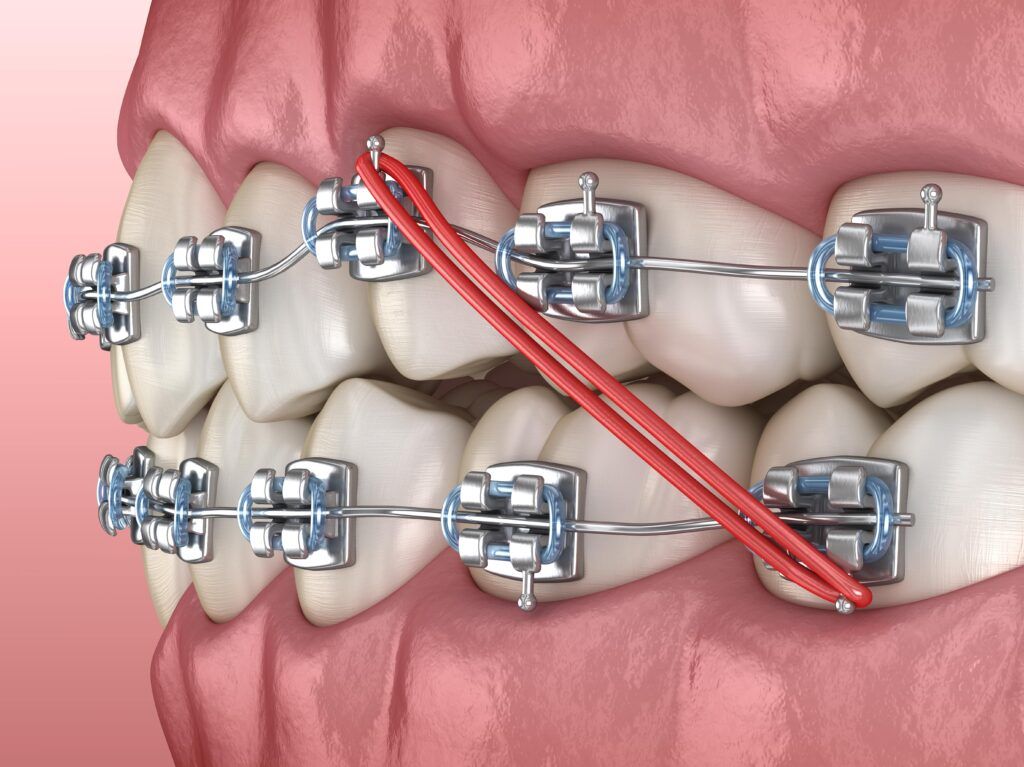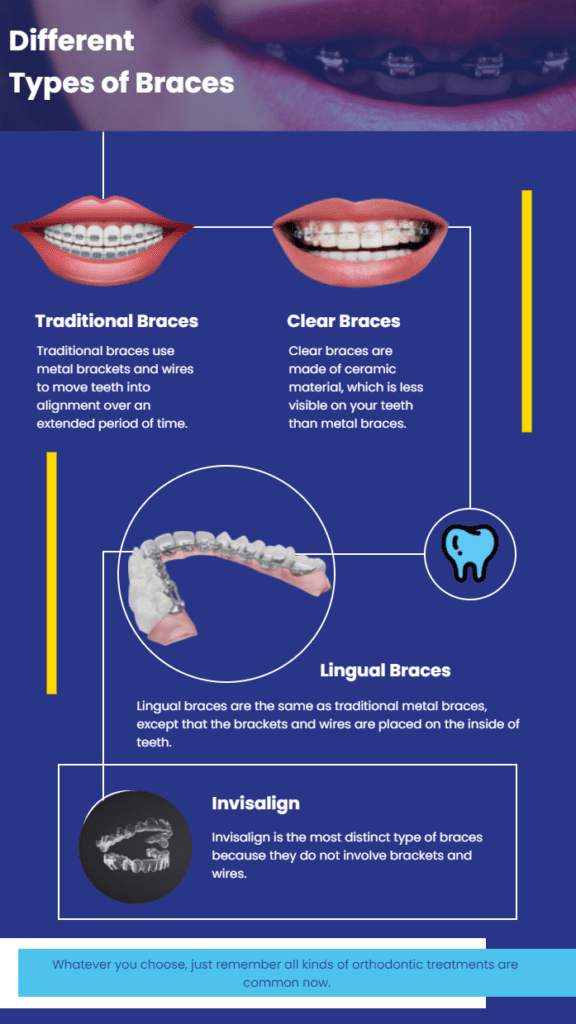How Cumming Orthodontics Can Change Your Smile with Invisalign and Braces
How Cumming Orthodontics Can Change Your Smile with Invisalign and Braces
Blog Article
Comprehensive Guide to Orthodontics Procedures for Dealing With Dental Misalignments
Comprehending the ins and outs of each procedure, including their systems, advantages, and possible drawbacks, is vital in making informed decisions about one's orthodontic treatment. As we navigate via the comprehensive overview to orthodontic treatments for remedying oral imbalances, the elaborate details of each approach will unravel, losing light on the course towards a useful and harmonious oral placement.
Orthodontic Procedures Introduction

Along with traditional dental braces and clear aligners, orthodontists might additionally suggest other interventions like headgear, palatal expanders, or retainers to attend to particular positioning concerns (aligners). These treatments are tailored to each individual's unique requirements and may involve a mix of treatments to accomplish the preferred results. Routine changes and monitoring are critical parts of orthodontic therapy to make certain progression is on track and to make any kind of essential modifications along the road. By undergoing orthodontic treatments, patients can not just attain a straighter smile yet likewise improve their overall dental wellness and feature.
Traditional Braces: Exactly How They Work
When thinking about orthodontic treatments for dental misalignments, conventional dental braces stand apart as a time-tested method for dealing with teeth placing. Traditional dental braces contain braces, cords, and bands that interact to use constant stress on the teeth, progressively moving them into the preferred placement. The braces are connected to the teeth using a special adhesive, and the cords are threaded with the braces. By readjusting the tension of the wires, orthodontists can control the instructions and force applied to each tooth, guiding them right into correct positioning in time.
As pressure is applied to the teeth with the braces, the bone surrounding the teeth is improved to support the brand-new tooth positions. Clients will need routine modifications at the orthodontist's workplace to make sure the braces proceed to use the correct pressure for efficient teeth movement.
Undetectable Aligners: Disadvantages and pros
These clear, custom-made trays are virtually undetectable when put on, making them an appealing alternative for people seeking an extra cosmetically pleasing orthodontic therapy. Patients can remove the aligners prior to eating or brushing their teeth, decreasing the threat of food obtaining stuck in the home appliance and streamlining the cleansing process.

Surgical Orthodontic Options
Surgical interventions in orthodontics present viable alternatives for resolving complicated oral imbalances that may not be efficiently settled through conventional orthodontic treatments. While traditional braces and invisible aligners can deal with numerous orthodontic issues, specific instances call for surgical treatment to accomplish optimum outcomes. Surgical orthodontic options are generally advised for severe malocclusions, substantial jaw disparities, and cases where the underlying bone framework needs adjustment to accomplish appropriate positioning.
One typical surgical orthodontic procedure is orthognathic surgery, which involves repositioning the jaws to correct practical concerns such as difficulty talking or eating. This surgical treatment is typically done in cooperation with an orthodontist who aids line up the teeth prior to and after the procedure. Surgical orthodontics might additionally include treatments to reveal impacted teeth, get rid of excess gum tissue, or reshape the jawbone to create a much more unified face profile.
Prior to thinking about medical orthodontic alternatives, people undertake a detailed analysis to determine the need and possible benefits of such treatments. cumming orthodontist. While surgical procedure might seem complicated, it can dramatically boost both the feature and appearances of the smile in instances where traditional orthodontic therapies fall short
Retainers and Post-Treatment Care

Post-treatment treatment entails following the orthodontist's guidelines carefully. This might consist of appropriate dental health practices, attending follow-up visits, and using the retainers as recommended. Failing to abide by post-treatment care directions can result in regression, where the teeth progressively move back towards their original placements. Regular retainer wear, great dental hygiene, and regular oral check-ups are vital for maintaining the results accomplished via orthodontic surgical treatment and ensuring the lasting security of the fixed dental positioning.
Conclusion
In final thought, orthodontic procedures offer different options for dealing with oral imbalances. Surgical orthodontic alternatives are offered for much more serious misalignments. Overall, orthodontic procedures can efficiently boost dental health and aesthetic appearance.
As we browse through the comprehensive overview to orthodontic procedures for remedying dental misalignments, the complex information of each technique will unfold, dropping light on the course towards a harmonious and functional oral alignment. - orthodontist
One of the most usual orthodontic therapies is the usage of dental braces, which consist of steel brackets and cords that apply mild pressure to progressively change teeth right into the wanted position.When taking into consideration orthodontic therapies for dental misalignments, standard dental braces stand out as a tried and true approach for dealing with teeth placing. Furthermore, unnoticeable aligners might not be useful site appropriate for complex orthodontic issues that need even more substantial teeth movement, as they are commonly advised for light to modest cases. Retainers are custom-made orthodontic tools designed to hold teeth in their dealt with settings after the completion of orthodontic treatment.
Report this page